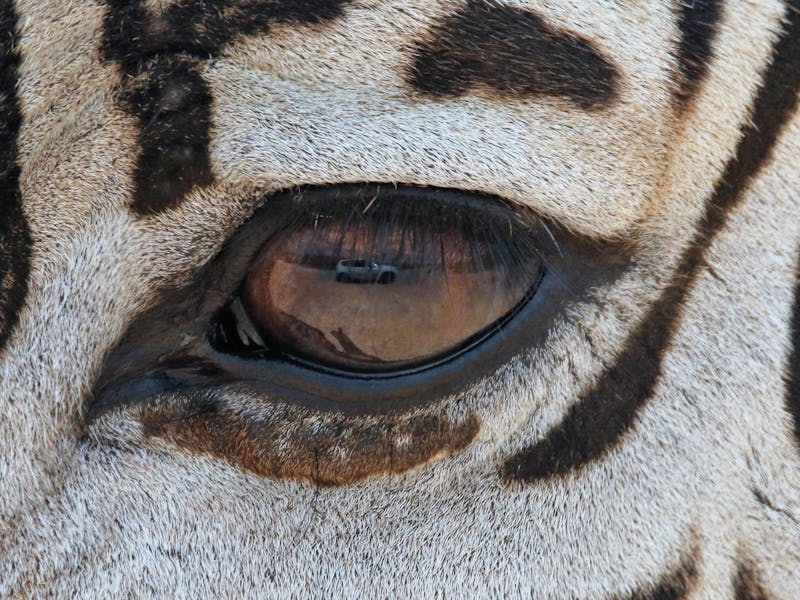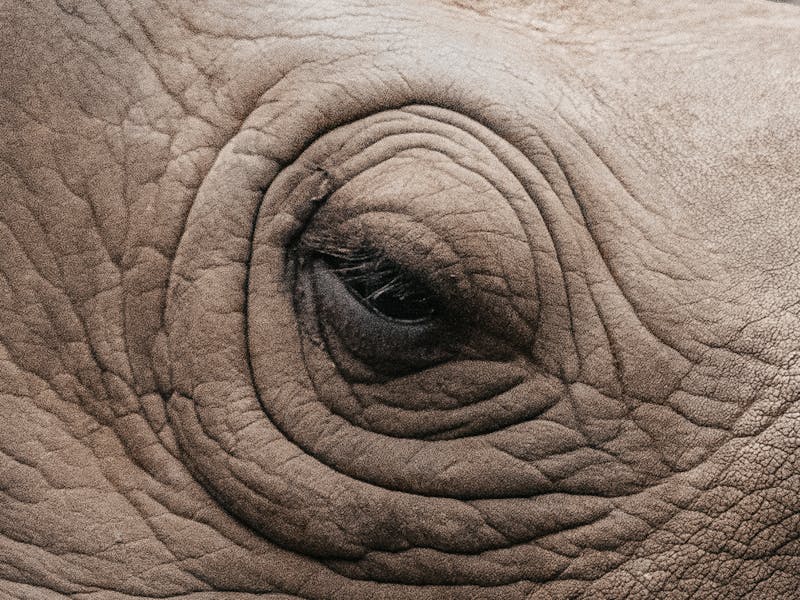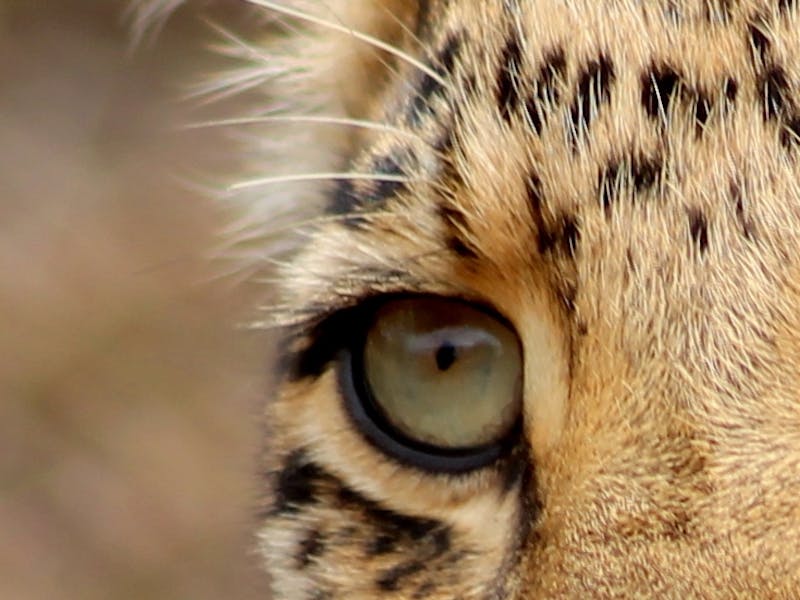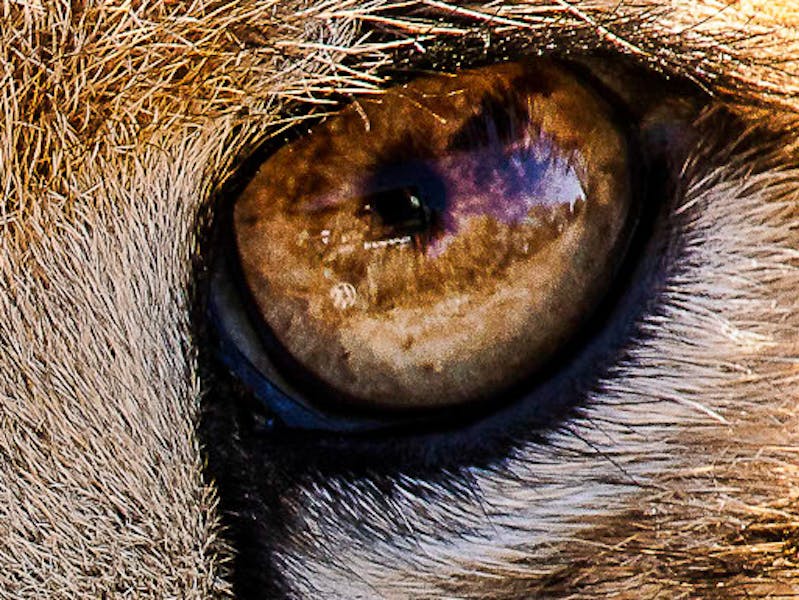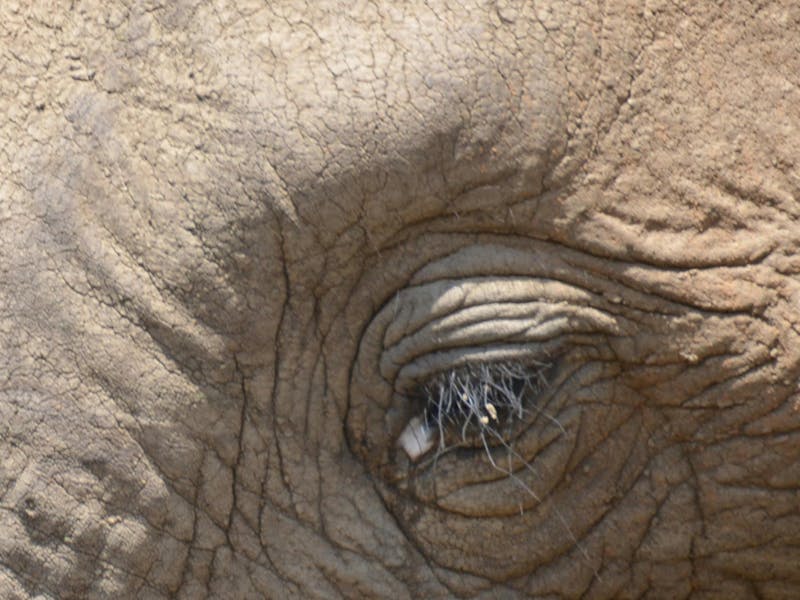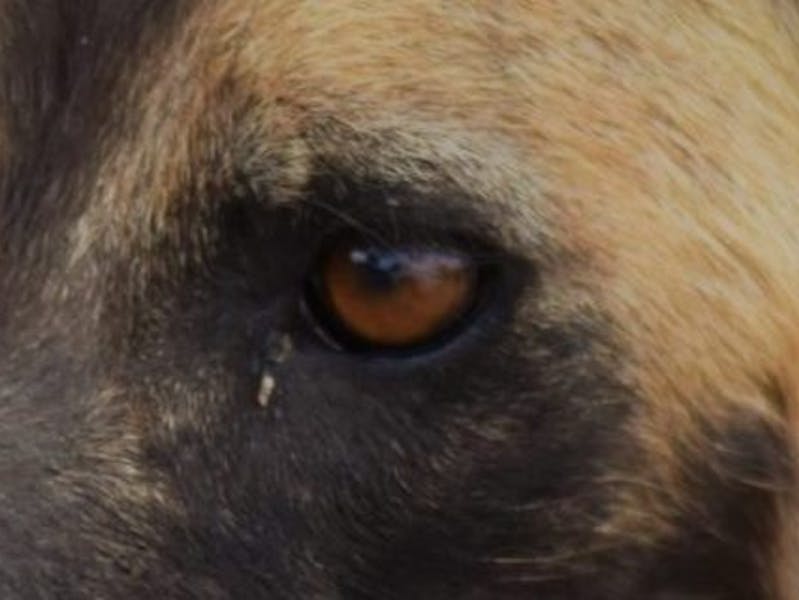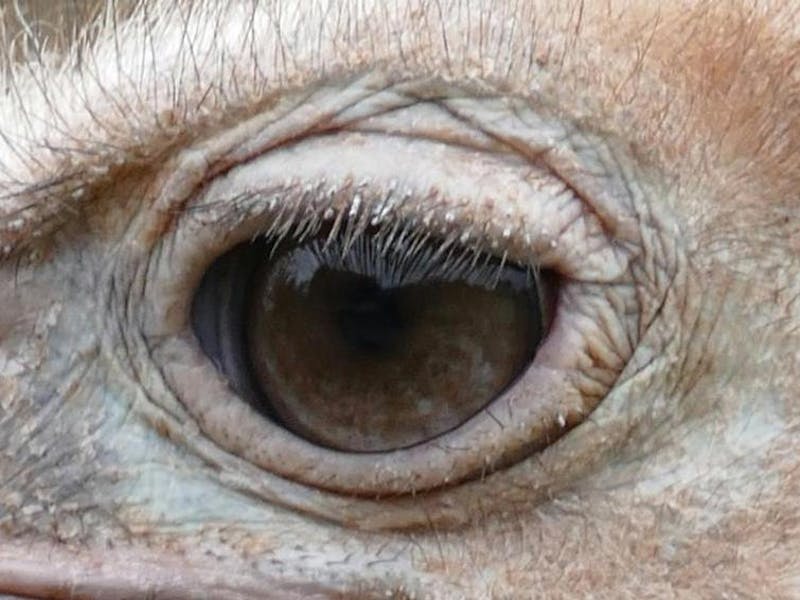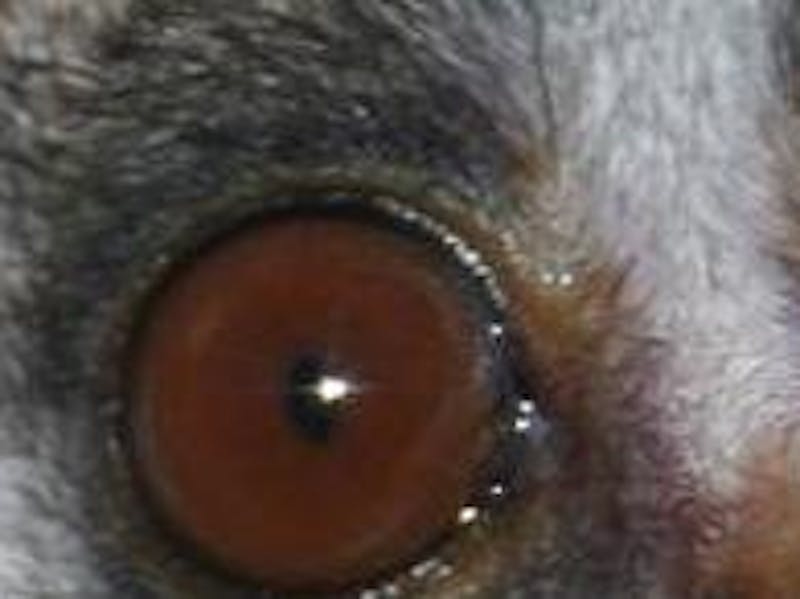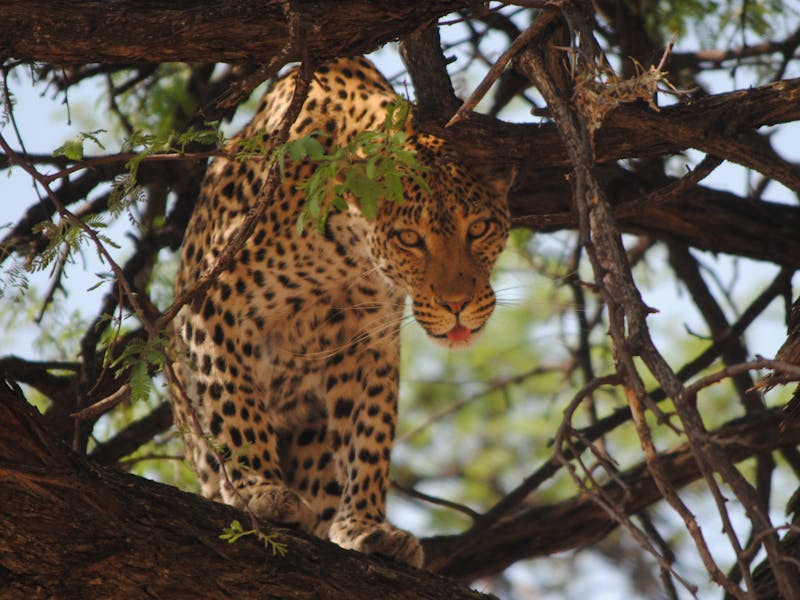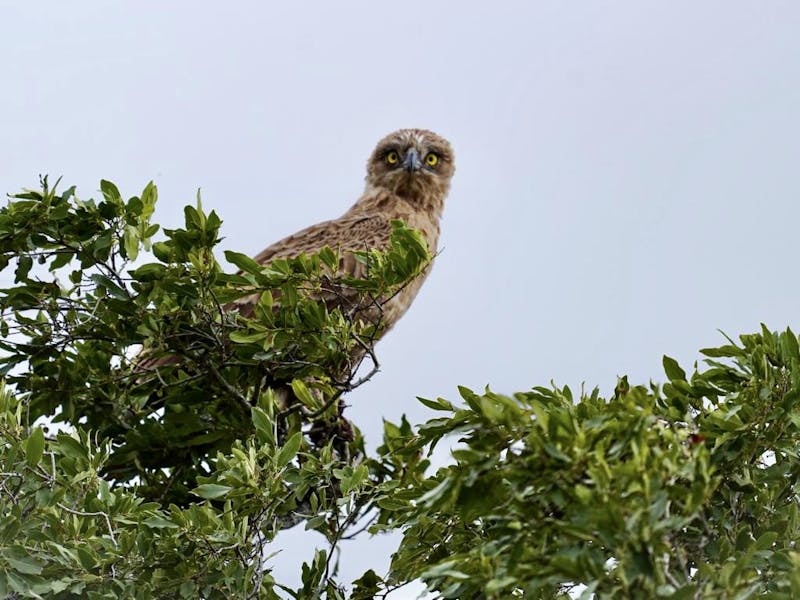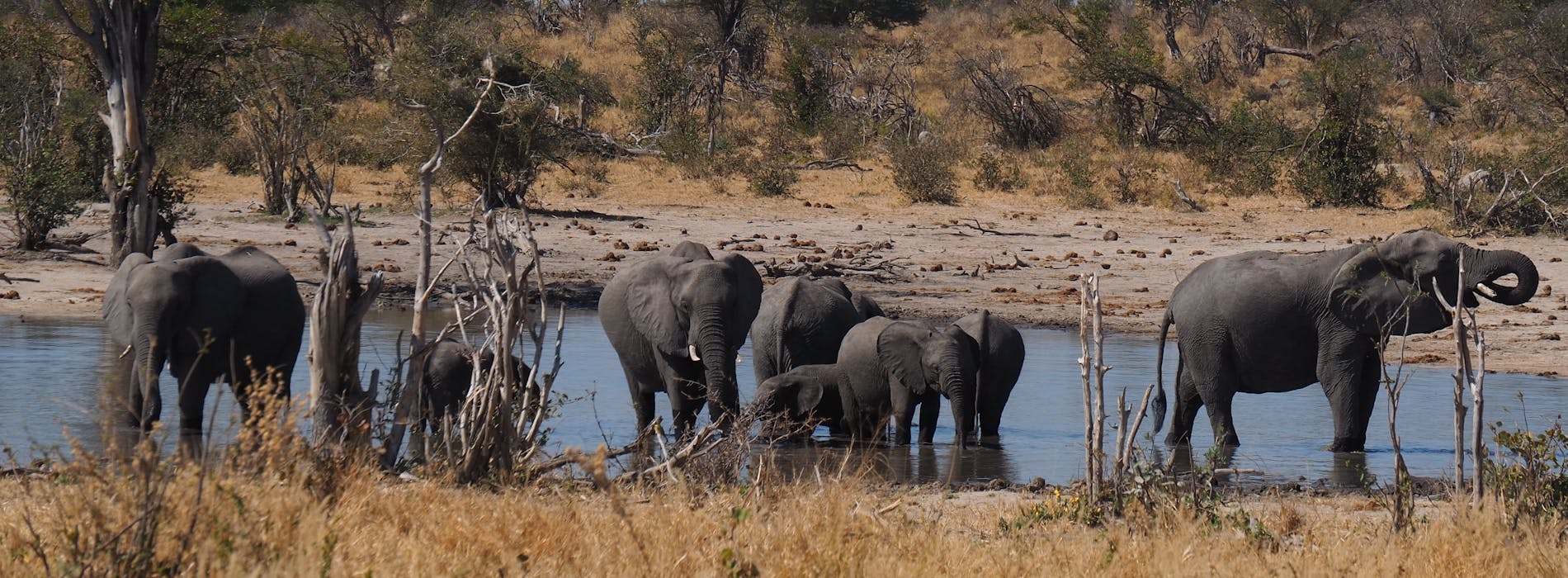
Amazing animal eyes (Quiz)
Africa's wildlife has evolved a huge number of adaptations, and among the most remarkable is the eye! But, why the emphasis on animals' eyes? In Africa's vast landscapes, clear vision is the key to many species' survival. It's the difference between spotting lurking predators, locating hidden prey, and finding elusive water sources. Adapted eyes are one of nature's ultimate superpowers, ensuring species thrive in the ever-changing environments they call home.
Read more below to explore the world of African animals' eyes or challenge your eye identification skills in the quiz below!
Adaptation: The biological mechanism by which organisms adjust to new environments or changes in their current environment.
The animal vision arms race
The evolutionary dance between predator and prey has resulted in fascinating eye adaptations. A great example lies in the eye placements of these species.
Predators, like wild dogs and cheetahs, have forward-facing eyes known as binocular vision. This adaptation provides exceptional depth perception, helping them to understand depth and distance accurately. Like humans, these predators also have overlapping visual fields, allowing for precise targeting in the high-speed pursuit of prey. This allows Africa's predators to gauge distances with remarkable speed and precision, contributing to their hunting success.
Prey species, like zebras and antelopes, have eyes on the side of their heads, also known as lateral placement. This helps them have a wide-angle view to detect predators from various angles without moving their heads while grazing. This panoramic vision aids in the early detection of predators with minimal blind spots!

The spectrum
Eye colour
Herbivores like buffalo are typically active during daylight hours and have evolved eyes adapted to bright light conditions. Their eyes have darker pigmentation, which can absorb and scatter light. This reduces glare and protects sensitive eye structures from damaging sun rays.
Species that use camouflage have evolved eye colour that blends with their fur or skin tones. This adaptation is seen in ambush predators like lions, as it stops prey from spotting their eyes while they are lying in wait, resulting in their famous amber eyes.
Eye shape
Chameleons have some of the most iconic eyes in the world! Chameleon eyes have adapted to move independently of each other. Each eye can rotate and focus on different objects simultaneously, allowing the chameleon to have a 360-degree field of vision. Their bulging eyes help them target their prey - which is largely made up of fast-moving insects like flies.
Eye size
The land mammal with the biggest eyes is the ostrich! Their large eyes provide a wide field of view, spotting potential threats far away in their open Savannah habitats.
Rhinos have relatively small eyes in comparison to their body size and rely on their incredibly strong sense of smell and trumpet-shaped ears for excellent hearing. However, black rhino eyes are adapted to low-light conditions as they often exhibit crepuscular behaviour — being most active during dawn and dusk. Despite their small eyes, rhinos have large pupils that dilate in low light, enhancing their sight.
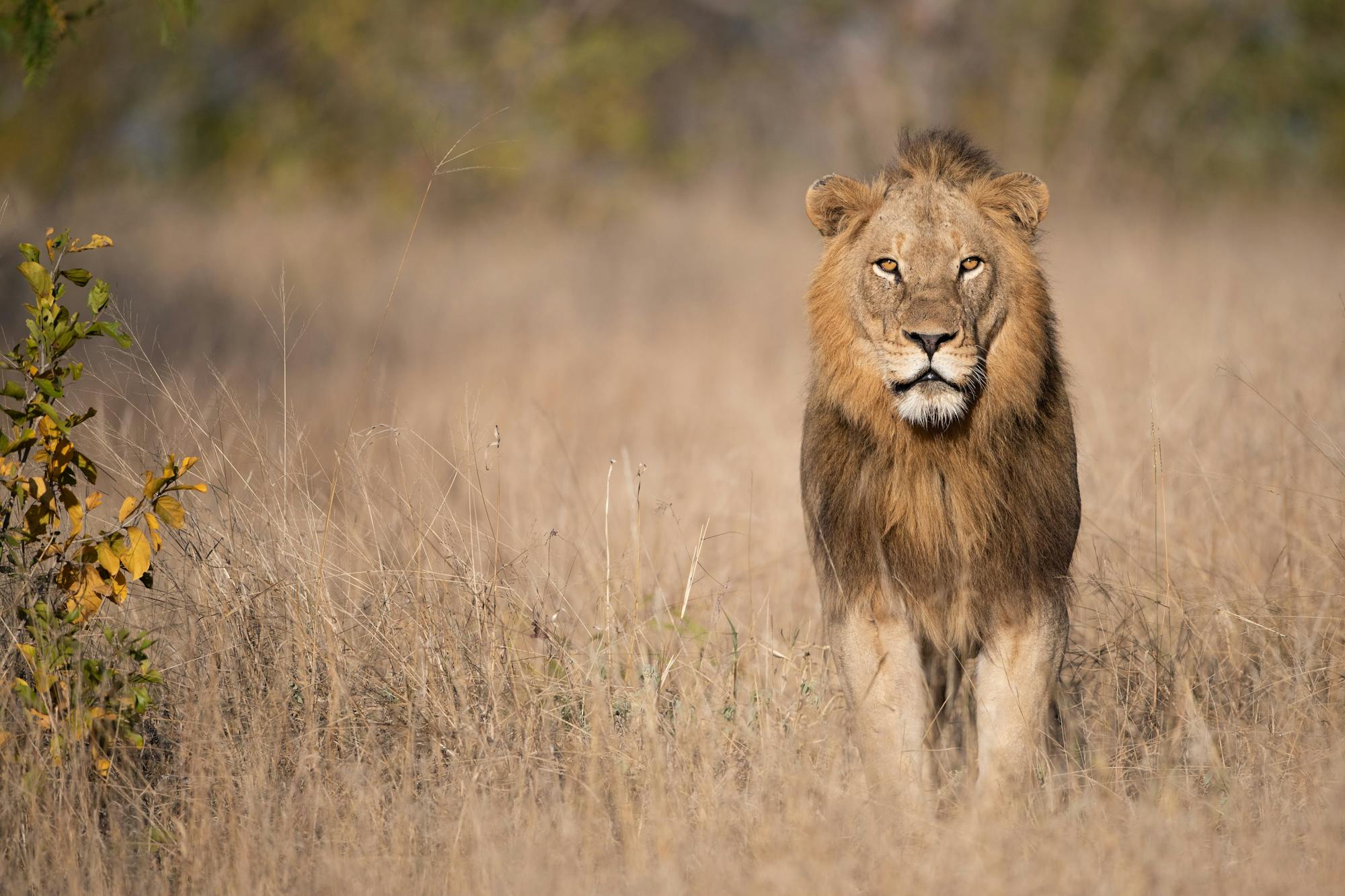
Did you know that an ostrich's eye is 5 times larger than a human's?
- PBS
Night-vision wonders
Nocturnal animals often have incredible eye adaptations, such as large eyes and specialised retinas, allowing them to navigate and hunt in low-light conditions.
One great example is the bush baby! Their impressively large eyes gather more light due to their increased surface area. Also, their larger pupils allow for improved absorption of available light by cells, enhancing vision in dim conditions.
Nocturnal hunters, like leopards, have eyes adapted for nighttime hunting. They have large, slit pupils to control the amount of light entering the eye. They also have a reflective layer called the tapetum lucidum. Like many other nocturnal animals, this layer reflects light that passes through the eye back to the receptor cells, giving them a second chance to capture the light.
Ready for an 'eye-opening' adventure with your newfound animal eye expertise?
Join real conservation experts in the field and watch your knowledge come to life as a wildlife volunteer! If you’re not sure which conservation project is right for you, then get in touch with us and we’ll help you decide.
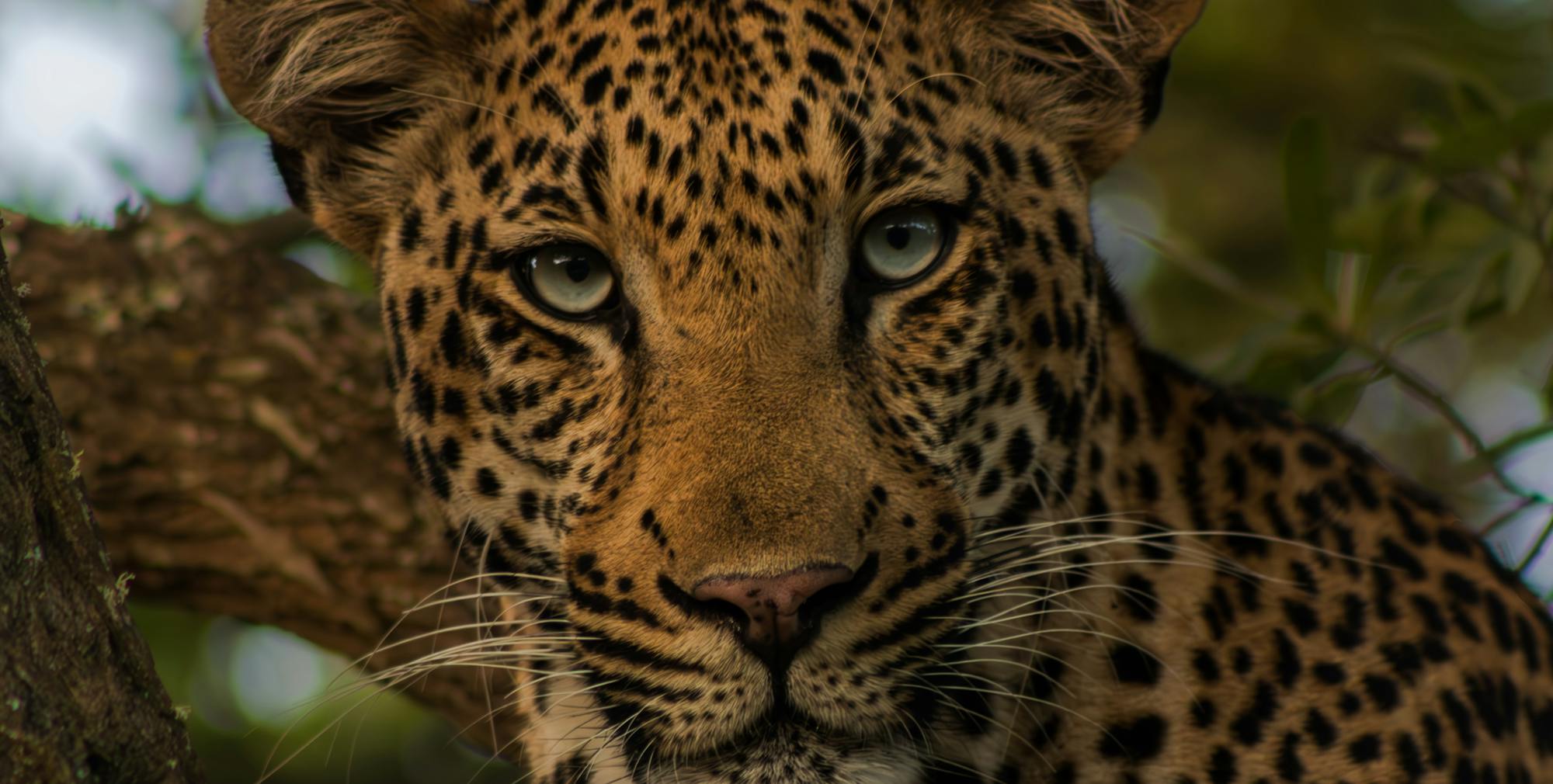
Animal eyes quiz answers
- Chameleon
- Lion
- Zebra
- Rhino
- Leopard
- Buffalo
- Cheetah
- Elephant
- Wild dog
- Ostrich
- Bushbaby




